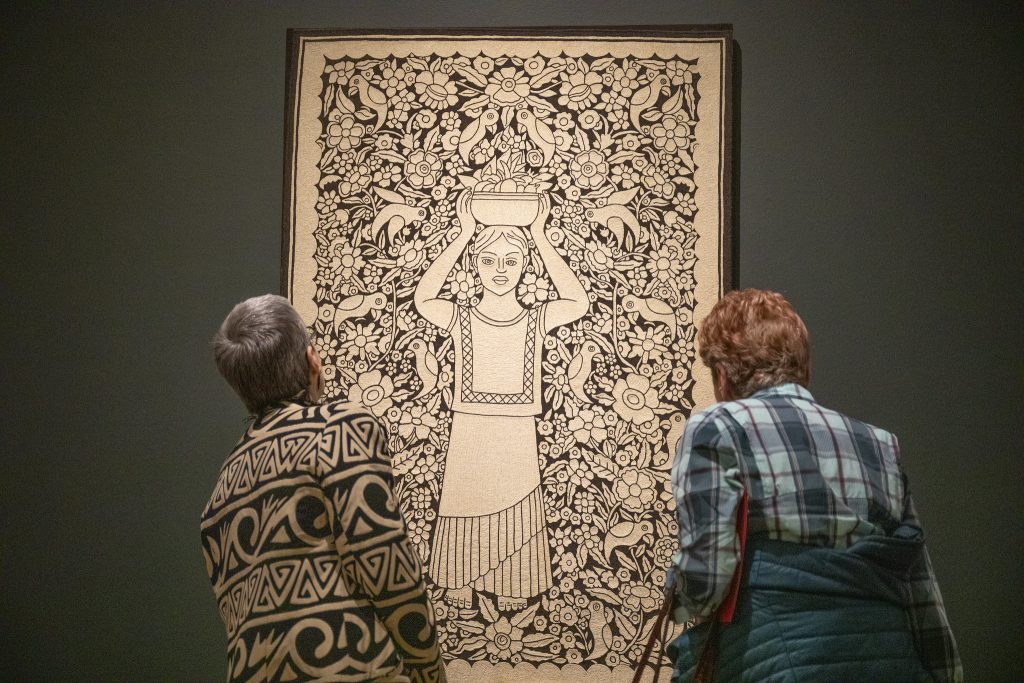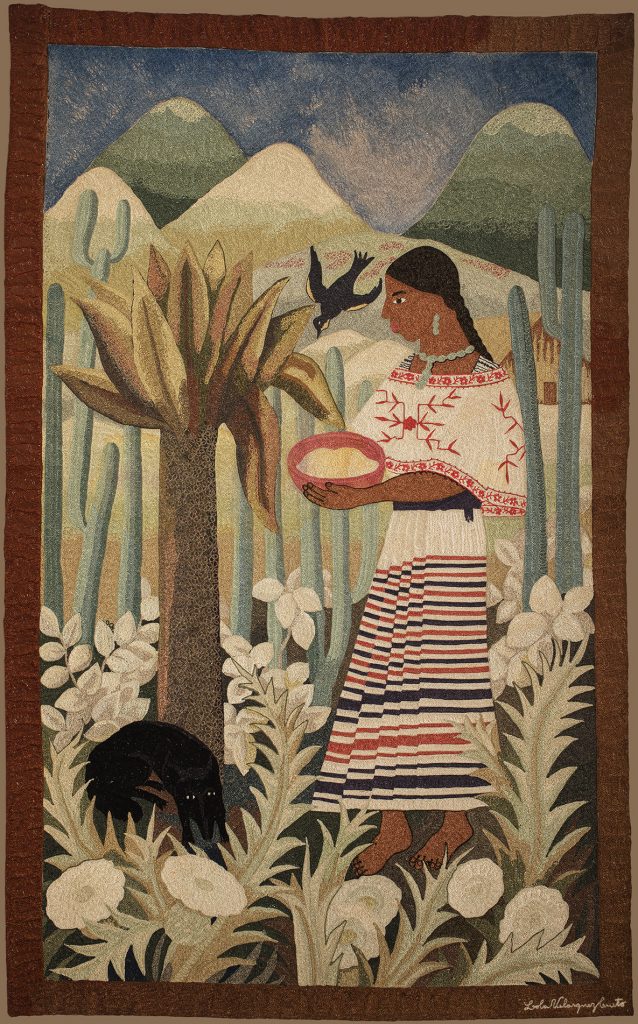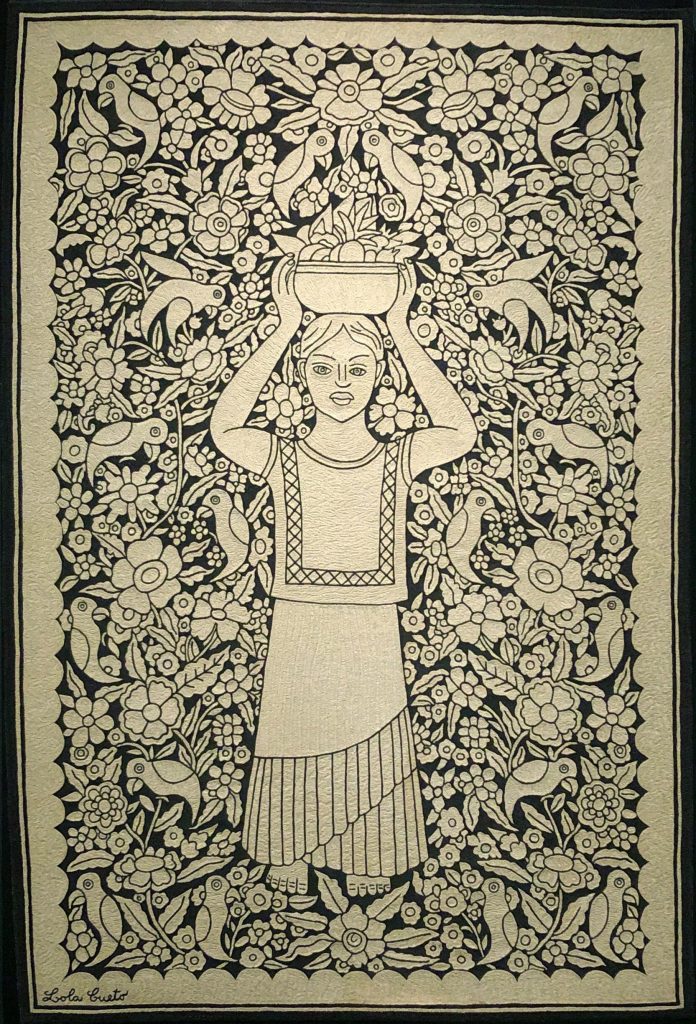
Dolores Velásquez Cueto, better known as Lola, began taking drawing and painting classes at the National School of Fine Arts in 1909, when she was just 12 years old. Two years later, against the backdrop of the Mexican Civil War, she became a student at the school full time, taking classes alongside such notable artists as David Alfaro Siqueiros, who himself was only one year older than her. Cueto was a voracious student, studying printmaking and other mediums at the National School, while also studying painting at the Open-Air Painting School in Santa Anita under the acclaimed painter Alfredo Ramos Martínez. She also began to teach drawing at a night school for workers, and her interest in education would continue throughout her life.
Cueto’s early work was praised by critics, raising her profile in the flourishing art scene in Mexico City. In 1919 she married fellow art student Germán Cueto Vidal, who would become one of the most well known experimental sculptors of the period. Their home was one of the city’s cultural hubs, where prominent artists and other cultural figures came to socialize.
Although Cueto continued to work in other mediums, she was increasingly drawn to tapestries, no doubt influenced by a childhood passion for embroidery. At the same time, she was part of a contemporary international trend—inspired in part by the Bauhaus—that sought to modernize historic artistic traditions using new techniques and technology. In her early tapestries, for example, Cueto used a sewing machine to create dense, precise embroidery with mercerized and silk threads.


Dr. Mark A. Castro is The Jorge Baldor Curator of Latin American Art at the DMA.